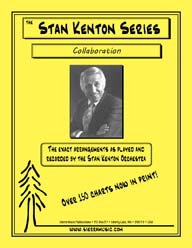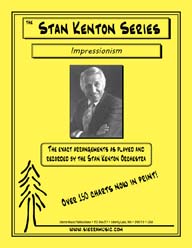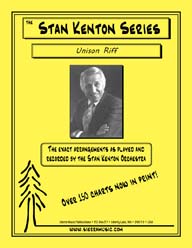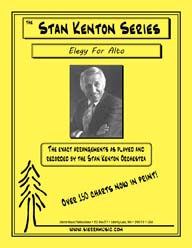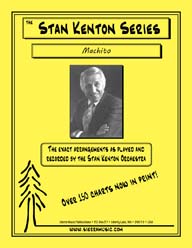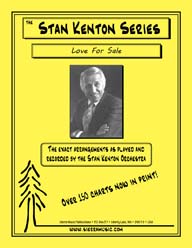DOUBLE DATE [DOWNLOAD]
Recorded by the 1950 Metronome All Stars
Arranged by Pete Rugolo, Prepared for Publication by Dylan Canterbury, Rob DuBoff, and Jeffrey Sultanof
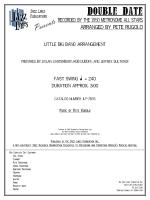
Cat #: JLP-7835DL
$50.00This product is available for immediate download after purchase.
Questions?
Please call +1-518-587-1102 or email us.
Edition: Jazz Little Big Band Arrangement
Description: Swing - Difficult
Publisher: Jazz Lines Publications
Metronome was a music magazine that ran in publication from 1881 to 1961. Focusing mainly on marching and dance bands in its early years, it became one of the first music publications to focus on jazz beginning in the Swing Era of the 1930s. Under co-editors Leonard Feather and Barry Ulanov, the magazine readily embraced the innovations of bebop during the following decade, making it stand out even among its competition in the jazz criticism world. Another of the magazine's defining features was its yearly polls, beginning in 1939, where readers would vote for their favorite musicians. The winners of these polls would often be brought together to record two tracks to celebrate their victories. Dubbed the Metronome All-Stars, these groups were consistently made up of some of the most iconic and important soloists of the day. These recordings tended to lean on the informal side, with short but raucous solo space allocated for each individual and an overall casual and fun-filled atmosphere.
This Pete Rugolo composition was crafted for the 1950 edition of the All-Stars. As was typically the case, the band was made up of a combination of favored veterans (Dizzy Gillespie, Buddy DeFranco, Kai Winding, Max Roach) and rising stars (Lee Konitz, Stan Getz, Serge Chaloff, Lennie Tristano). The arrangement is, by and large, a frame for each musician to get a solo spotlight, with some occasional simple backgrounds thrown in for good measure. That being said, Rugolo couldn't help injecting a few of his trademark tricks into the proceedings. Most notable are the dissonant ensemble blasts that both open and conclude the arrangement; multiple knotty melody lines in the saxophones, for example at measures 3-4, 134-135, and 150-153; and even a few sudden metric modulations that can easily catch both the listener and performer off guard if they aren't ready for it. In spite of these, be sure to keep the atmosphere in your ensemble fun and light in order to mimic the merry mood that no doubt permeated the original session.
This publication was based on Pete Rugolo's original pencil score - this is not a transcription.
Clarinet
Alto Saxophone
Tenor Saxophone
Baritone Saxophone
Trumpet
Trombone
Guitar
Piano
Bass
Drums





